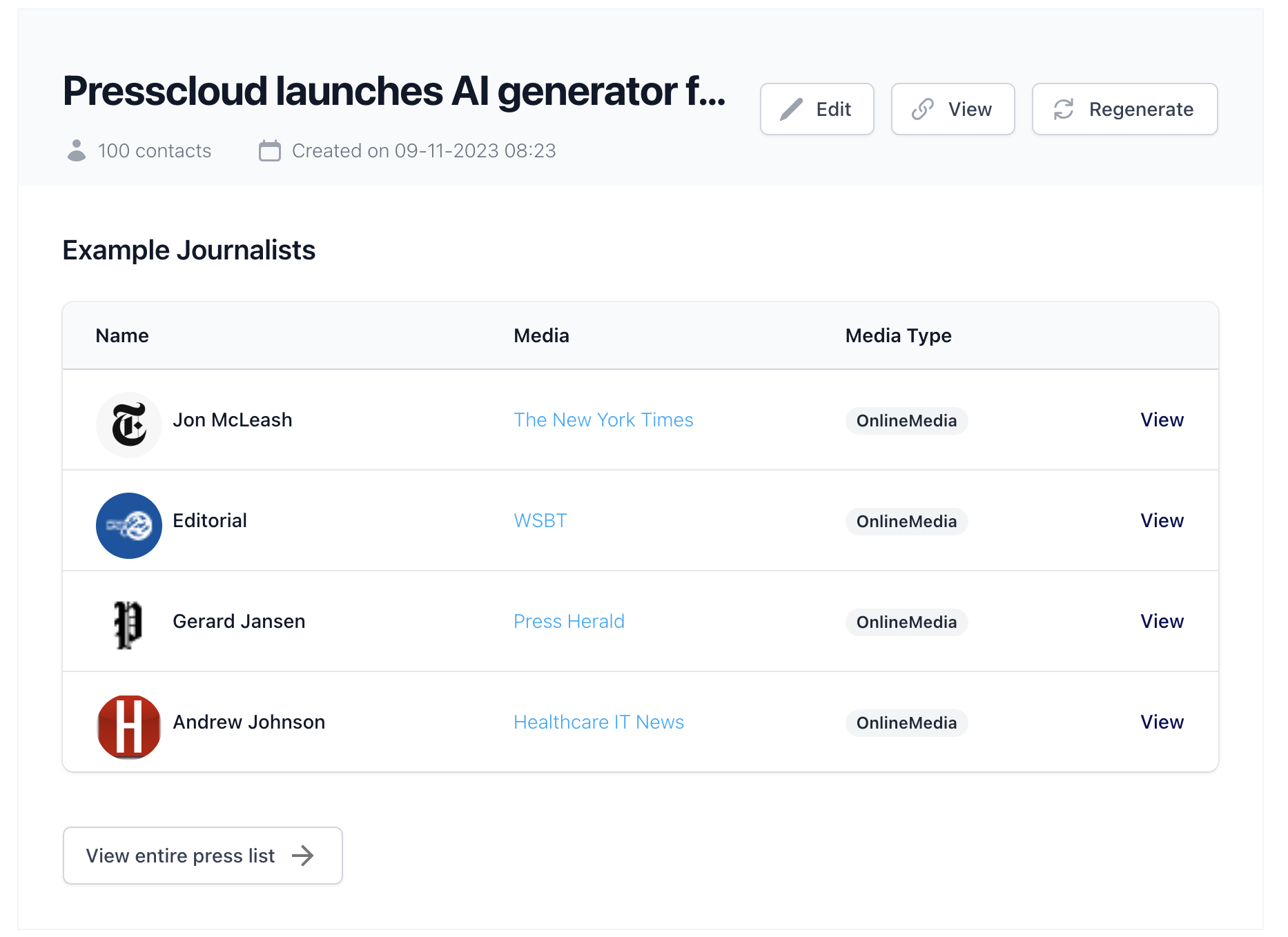PR requires relevance, advertising requires a budget
Using PR has the goal of distributing content via independent media. This is done by creating a message that is relevant to a particular medium (a blog, news site, newspaper, radio, or TV station) and sharing it with the editorial team. The editors then assess whether this content is relevant for their medium's audience. Only if that is the case will your brand earn a podium on the blog, site, radio, etc. However, editors have the freedom to shape your content differently than you might want.
The advantage of PR: it is free and your message is more credible, as it is delivered by an independent medium. The disadvantage: you have to make an effort and you do not have control over the final message. This is the main distinction between advertising and PR. PR requires more creativity, effort, and empathy. Creativity to create a unique message. Effort to create and pitch it. Empathy to determine whether it's truly relevant to the medium's audience. When purchasing an advertisement, you transfer an amount of money, submit an ad, and don't have to think about the relevance of your message. With PR, you need to earn a spot; with advertising, you buy it.
PR is becoming increasingly important
PR allows you to spread your message via independent news media. It's no coincidence that PR is getting a larger role in the marketing mix. Research among 100 marketers shows that 75 percent of them are increasing their PR expenditure. Twice as many publicly traded companies state they will invest more in PR, rather than cutting back. 6 out of 10 marketers want to hire more people to realize their PR ambitions.
Why would you choose PR? For example, to stand out more with customers and candidates. Or because you want your organization to be seen as a leading knowledge partner. Or you simply want to become more well-known to new employees or clients. This (free!) editorial attention not only makes you more well-known – but also a more credible partner. That is the big difference between Public Relations and advertising.
How does PR work in practice?
This article has a goal: to disillusion you. To remove the illusion that PR is complicated. PR in practice consists of four steps:
1. Determining your target audience (let's hope you've already done that);
2. Determining which media this target audience reads (and creating a press list for that);
3. Creating content for this group (in this case: press releases).
4. Developing a PR plan and PR strategy, so you can approach this in a structured manner.
PR is more opportune than ever
There are two developments why PR is more opportune than ever before. Google and Facebook now receive seventy percent of the online advertising budgets, whereas these budgets used to go to news media. Consequently, journalists with fewer colleagues need to fill the same newspapers or blog pages. This leaves them less time to do research or check a press release.
A humorous example illustrates this development. Vloggers Thijs Meeuwsen and Joep ten Hove convinced newspapers from Erp, Bergen op Zoom, Sint-Oedenrode, Gilze and Rijen, Goirle, Den Bosch, and more than thirty other places that they came from the respective region. By sending messages with the title 'band from Gilze/Den Bosch/Erp is an international success,' they scored publicity in all those local papers. Omroep Brabant then wrote: "How two boys became famous all over the country by fooling local newspapers" (and then generated even more free publicity).
Algorithms
Press is not only more dependent on third-party content, but they are also in an even fiercer competition with each other than before. Media are largely dependent on the algorithms of social media for traffic to their site. Thanks to the timelines of Twitter, Facebook, LinkedIn, Instagram, and other platforms, we often come across articles.
If you understand such algorithms, you have an advantage over the competition. Practically, this means: come up with a story that people will click on (this is often bad news or news that makes people angry, as it mobilizes people). This way, you help a particular medium to achieve its goal: to score more clicks than the competition.
Conclusion
Do not confuse PR with advertising. PR calls for creativity, effort, and empathy to be relevant for editors. Your content only becomes news if the editors find your content relevant. Editorial teams increasingly rely on third-party content. If that content generates clicks, then you outperform the competition. PR has never been as opportunistic as it is now.

